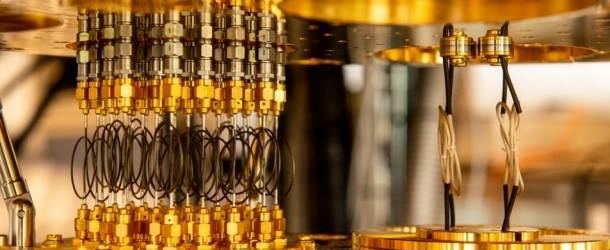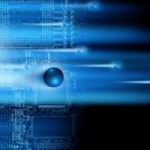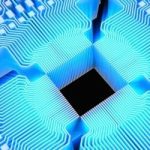Old Algorithm Leads to New Quantum Processing Possibilities

(JohnsHopkins) Researchers from Johns Hopkins University Applied Physics Laboratory have tested a 32-year-old scientific approach for use in quantum computing, a data processing method that breaks down information into quantum bits for faster processing. Physicist Greg Quiroz leads a team that demonstrated the use of a “simultaneous perturbation stochastic approximation” algorithm to boost the accuracy of quantum computing.
The Simultaneous Perturbation Stochastic Approximation) was developed by James Spall, a statistician at the Johns Hopkins University Applied Physics Laboratory (APL) in 1987. It has been widely used to optimize systems with multiple unknown parameters, including aircraft and robotic control systems.
Three decades later, APL researchers are proving how Spall’s method can drastically improve the computational accuracy of certain types of today’s quantum processors. APL has extensive theoretical and experimental expertise in quantum technologies, particularly in REDD. “One of our primary focuses is to determine how one can improve the computational accuracy and performance of a quantum computer by leveraging concepts from the vast set of protocols developed over the last few decades in classical control theory,” said Experimental and Computational Physics Group Supervisor Dave Clader. “This work is a great example of how one can adapt concepts commonly used in microelectronics and robotics to the quantum domain.”





















